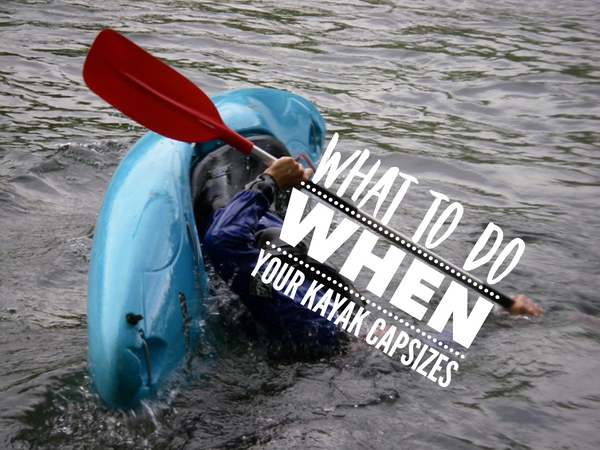What You Need To Fish While Kayaking

Fishing while kayaking has become increasingly popular over the last few years. While many kayaks are designed specifically for fishing, you can easily add a few specialized supplies to your regular kayak.
Here’s some quick tips to get you started:
-
Protect Your Skin
This goes without explaining. Whether you're paddling, or kayak fishing, you must protect your skin from the sun. Being on the water magnifies the sun's rays. Use sunscreen or extra clothing to avoid sunburn!
-
Don’t Forget Your Anchor
While fishing, you’ll need to anchor yourself in place to prevent yourself from floating away from the big bass. Bringing and anchor such as the BEST Marine & Outdoors kayak anchor is a helpful necessity!
-
Install Rod Holders
There's nothing worse then trying to paddle with a fishing rod on your lap, or storing multiple rods that you're bringing on your trip. Having rod holders makes it easy. They can easily be added to most kayaks and will keep your pole secure until it’s time for you to reel in your catch.
-
Get a Fishing Paddle
Fishing paddles are designed for kayak fishermen. They tend to be longer than your average paddle, and most models come with a hook retrieval notch on the paddle blade that helps remove your lure when you cast into branches and other hard to reach places
-
Make Room for Storage
Kayak fishing sometimes results in extra gear that you typically wouldn’t need for casual kayaking. You’ll want space to secure all the additional items you’ll have on your trip. Fishing crates, bags and creativity is a good way to free up space!
-
Tie Everything Down
Just like choosing the proper clothing for kayaking, you’ll need to properly protect your gear in the event you accidentally flip over.
Tying everything down with your kayak deck bungees or extra rope is one way to make sure that your tackle box won’t sink to the bottom of the lake. The BEST Marine & Outdoors Waterproof Dry Bag is another way to keep everything above the surface of the water. Choosing one of (or both of) these methods to secure your goods is vital.
-
Find Your Fishing Gear
When you go fishing, you’ll need to bring things like a tackle box, fishing poles, and a multi tool with you to get the job done. Fishing on a kayak requires all of the fishing basics in addition to some sort of communication and navigation tool.
If you’re by yourself on the water and lose sight of shore, you’ll need a way to find your way back. Notifying family or friends on your whereabouts, and ensuring you have items like a compass and a radio before leaving is the smart thing to do.
-
Safety First: Come Prepared for Anything
No kayak list would be complete if we didn’t mention a personal flotation device. Your PFD should always be on your kayaking must bring list, so ensure that it makes it on the boat.
You’ll also want to bring a basic first aid kit with you since you’ll be handling sharp hooks and line cutters. We’re not saying that anything bad will happen, but you know, just in case.
Fishing is a great way to change up your usual kayaking routine, so don’t be afraid to go out and try something new. If you prepare for the unique challenges of kayak fishing, you’ll be sure to have a good time.
Leave a comment
Comments will be approved before showing up.
Also in Blog

How to Choose the Right Kayak Anchor
Choosing the right kayak anchor can make all the difference when it comes to staying steady on the water. This guide walks you through everything you need to know about selecting the perfect folding kayak anchor

What To Do When Your Kayak Capsizes
Although kayaks are designed for stability no matter the conditions, accidents happen and knowing what to do can help you avoid an unpleasant experience. Preparedness and technique are key components to controlling a sometimes scary situation.


